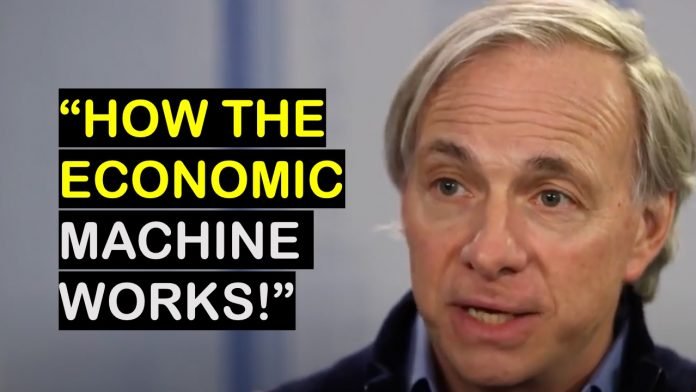
In the famous video “How The Economic Machine Works”, Ray Dalio talks about several important financial concepts: inflation, deflation, leveraging, deleveraging, et al.
What is deleveraging?
According to Investopedia, Deleveraging is when a company or individual attempts to decrease its total financial leverage. In other words, deleveraging is the reduction of debt and the opposite of leveraging.
The most direct way for an entity to deleverage is to immediately pay off any existing debts and obligations on its balance sheet.
But massive deleveraging in corporate and financial sectors can have serious macro-economic consequences, such as triggering debt deflation and slowing GDP growth.
In addition to causing deflation pressure, firms and households deleveraging their balance sheet often increase net savings by cutting expenditures sharply.
Households lower consumption and firms fire employees and halt investment in new projects, causing the unemployment rate to rise and even lower demand for assets.
Empirically, consumption and GDP often contract during the first several years of deleveraging and then recover, which in some cases causes a fall in total savings in the economy.
In this video, Dailo explains the form and effect of deleveraging in detail and discusses how it can be linked to a financial crisis.
Source: Finance Jane



